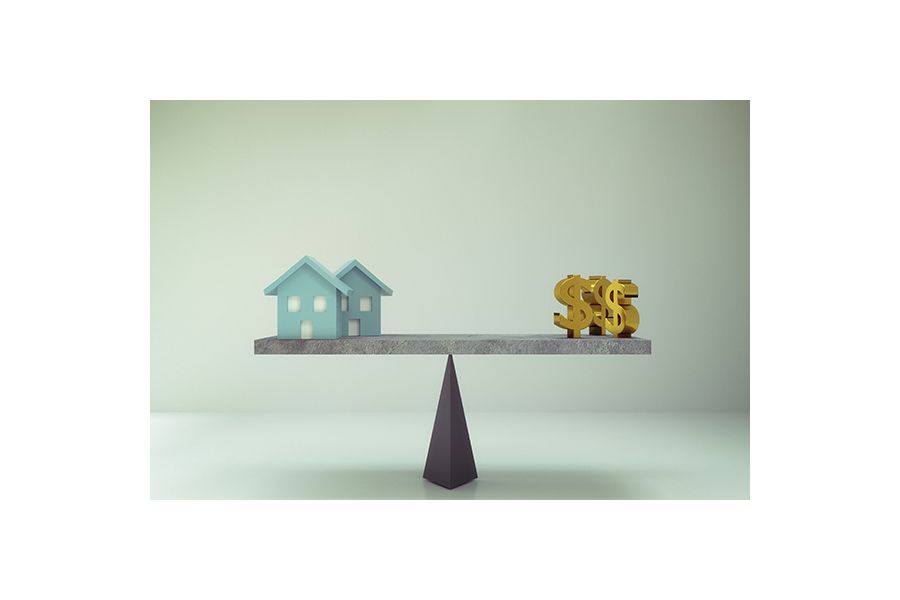The Price Is Right

When it comes to your for-sale price tag, settling on the right amount can make or destroy a sale.
Higher prices scare buyers away, and lower prices leave owners disappointed and their properties undervalued.
“It’s truly an art,” says Sandra O’ Connor, a realtor with Allen Tate Realtors, Greensboro, N.C.
The strategy is to try and get the best price and best terms within the time frame when your home is on the market. When priced right, homes tend to sell quicker and closer to the asking price, experts say. But, how does one arrive at that magic number?
For sellers, emotions connected with the home often come in the way while trying to attach a realistic value on their properties. But, the price they put on that home could be overshooting current market conditions, leaving them frustrated and with a sitting house on the market.
Here are a few tips on how to price your home right.
Get Professional Guidance
An experienced real estate agent can guide and help set a realistic value to your home – the key is to find the right one. Get referrals from family and friends who have recently bought or sold a home, and interview a few agents so that you know they’re knowledgeable about the local market and real estate trends.
“It’s the Realtor’s name that goes up on the sign, so if the home is overpriced, it tells people that the agent doesn’t know much about pricing,” says Martha Webb, a real estate author and producer of the “Certified Home Marketing Specialist” home-selling course.
Study the Market
Review similar home listings in your neighborhood and have your help you analyze the data and research.
“It’s really about the ability to understand what’s happening in the marketplace,” said John Malandrino, a Chicago area Redfin agent. Malandrino says it’s important to get an all-round gauge of the marketplace. Look at home prices in the neighborhood, the town or city and determine which way prices are heading. Compare your home with others similar in size and features, in a similar neighborhood and with the same amenities. According to Elizabeth Weintraub, a Sacramento Realtor and home-selling expert at about.com, sellers should look at comparable listings and sales, sold comparables, pending-sale lists, withdrawn and expired listings and active listings.
Test the Market
Survey people in the neighborhood about your price. Ask friends and neighbors, and research how much buyers are paying for similar properties in similar neighborhoods.
Malandrino uses a service at his brokerage that surveys active local buyers on the proposed price of a home. The brokerage shares few photos and details such as number of bedrooms and bathrooms and estimated square footage for the asking price. “We get feedback within 24 hours, and we can fine-tune the listed price based on what people say,” Malandrino says. Sometimes, clients might disagree on the estimated price an agent suggests, but “if you have analytics and details, it helps resolves such issues,” Malandrino says.
Make Reasonable Improvements
To get top dollar, you don’t have to undertake huge projects such as renovating the bathroom or redoing a bedroom. And sure, features such as granite countertops or a new roof do up the value of a home, but oftentimes just a fresh coat of neutral paint could increase the salability.
“You have to exercise caution because you don’t always get dollar for dollar for every improvement project,” O’Connor says. “A new front door and fresh paint are helpful.”
Copyright © CTW Features